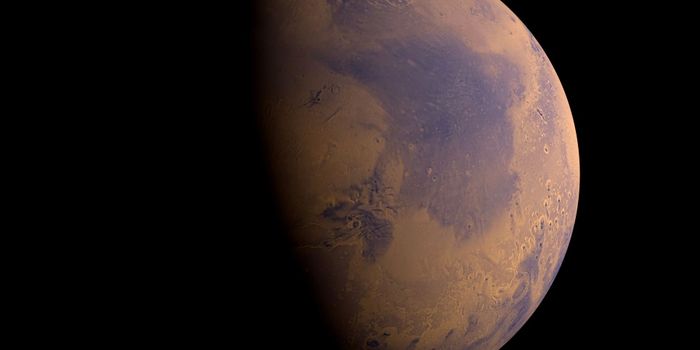New Technique Improves Efficiency of Exoplanet Searches
The search for earth-like planets has long been a fascination of astronomers. With the ability to look deeper and deeper into the universe, researchers have been able to search for and identify exoplanets beyond our solar system, including findings that have led to speculation about Earth-like planets in out galactic neighborhood and what that might mean for our place in the universe. However, key challenges astronomers face when it comes to finding and directly imaging exoplanets are the stars they orbit. Because they are so much brighter, any light reflected from a planet is lost in the light of its star.
An international team of researchers have devised a new technique that may improve the efficiency of searching for exoplanets, which could help on the road to discovering actual Earth-like exoplanets. The team includes researchers from Subaru Telescope, the University of Tokyo, the University of Texas-San Antonio, and the Astrobiology Center of Tokyo. The team’s method is described in a recent article published in Science.
The method itself involves a combination of direct imaging and more precise measures of a star’s movement to get a better sense of the exoplanet itself. Currently, researchers often perform “blind surveys”; they select stars that may be good candidates for having orbiting planets and image them to see what they find. This approach, however, does not often yield findings of an exoplanet. In the future, researchers say that having more clues about where best to look for exoplanets could improve the efficiency of searchers.
In this study, researchers looked at data in the European Space Agency’s Gaia and Hipparcos missions to look for clues of potential exoplanet exist. This approach allowed the team to better focus their imaging. The data revealed a star in the constellation Cygnus, about 133 light-years away, that appeared to be a good candidate to have an exoplanet. Through imaging, the team discovered a new planet that is far larger and hotter than a planet in our own solar neighborhood: Jupiter.
Ultimately, researchers hope that by knowing where to look, they can search for exoplanets more efficiently.
Sources: Science Daily; Science; NASA








